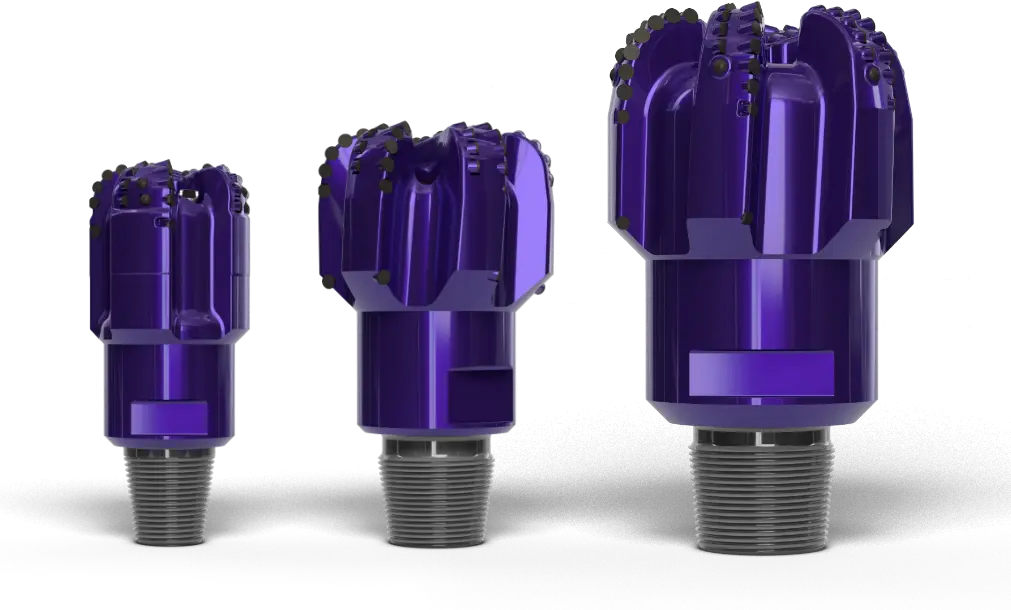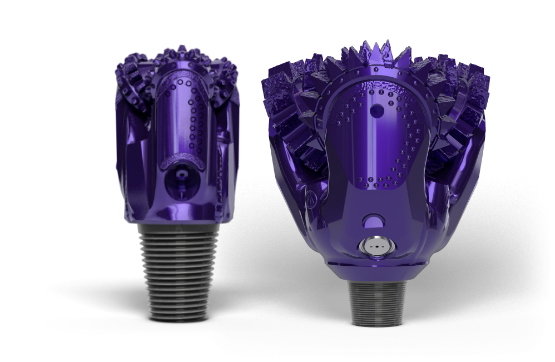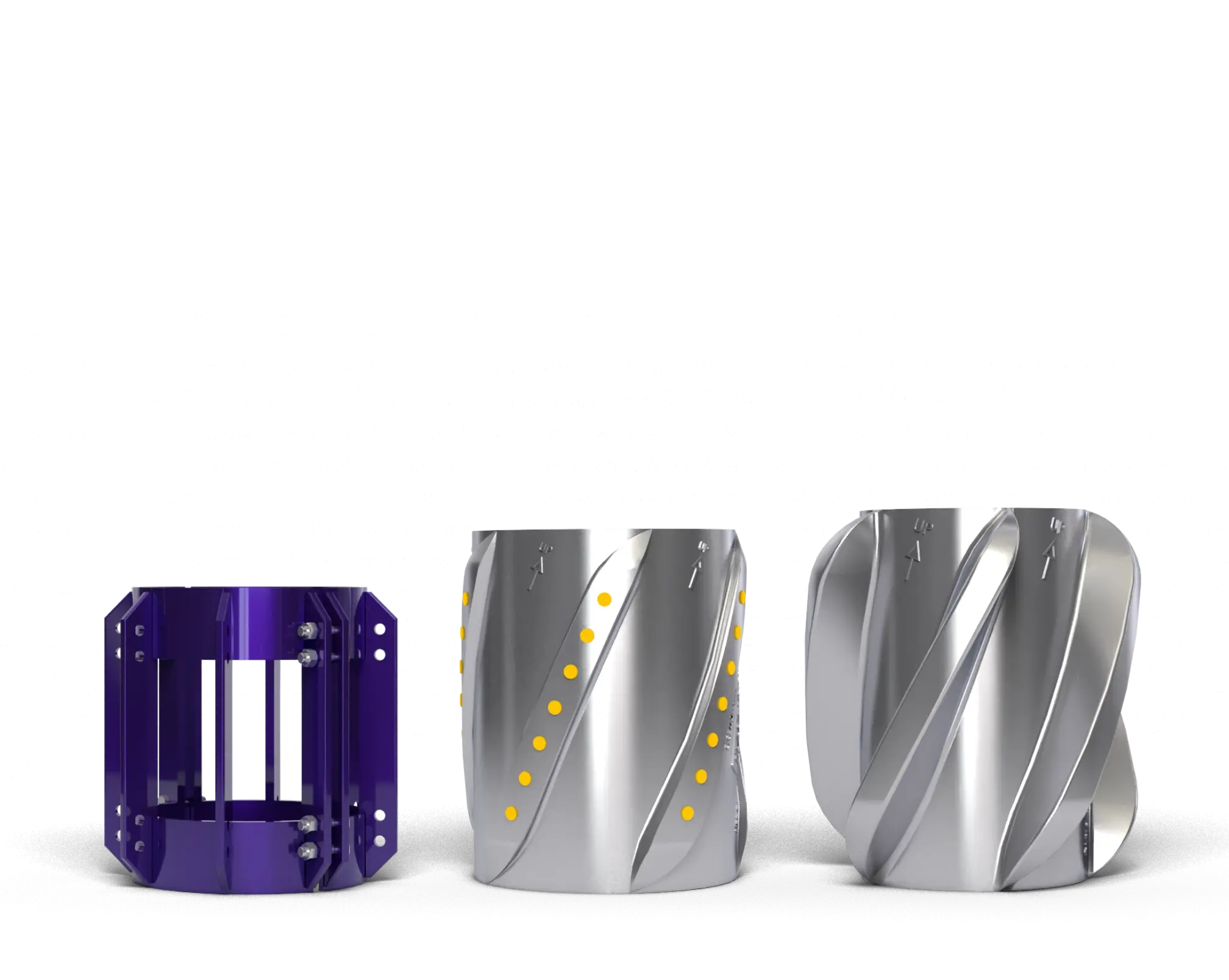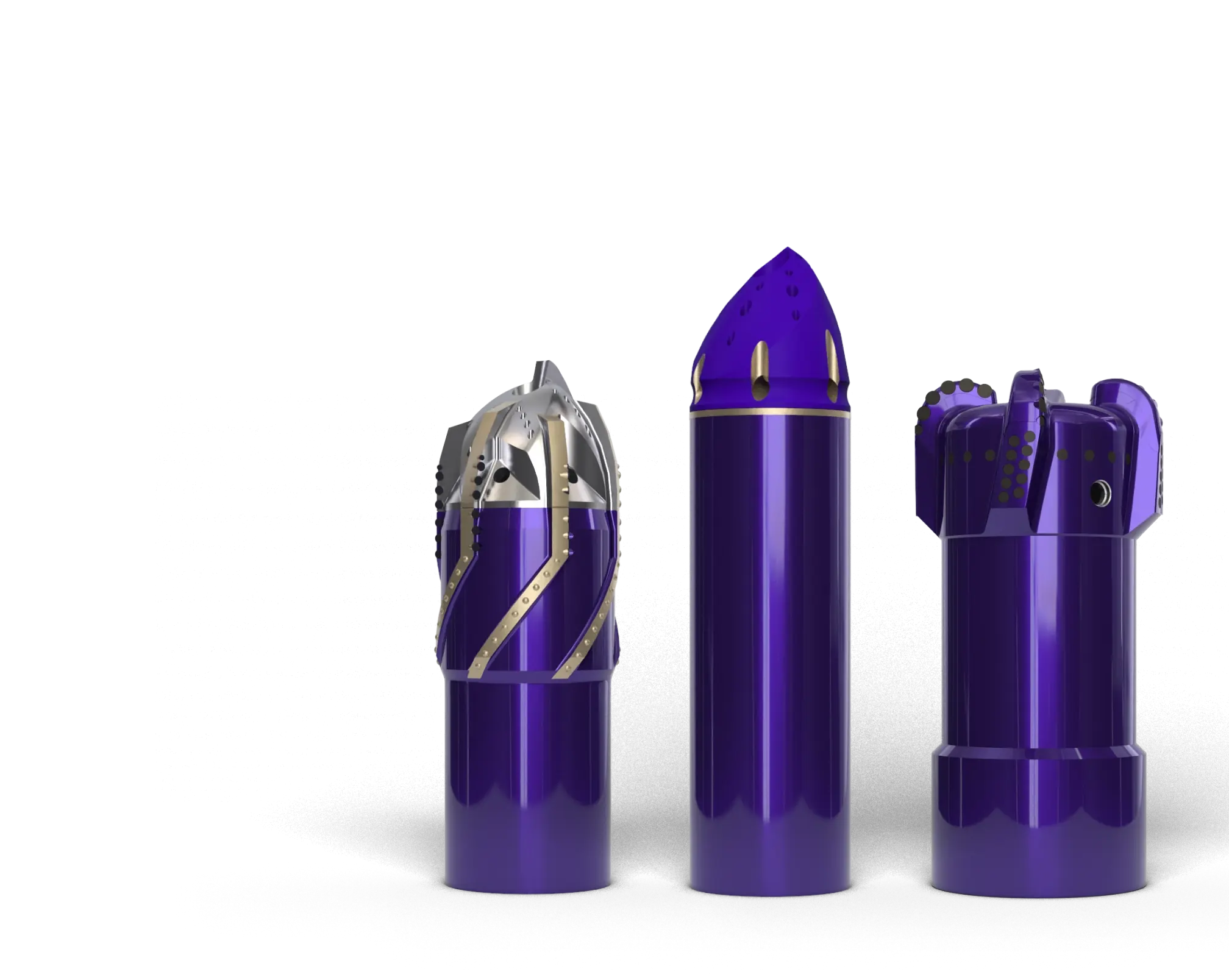
Customer Challenges
During casing operations of the 12-1/4” section, the casing string was required to pass through conglomerate formation that proved harsh and restrictive during the drilling process.
Rotation was not an option due to the casing string thread limitation and budget constraints did not allow for a flow-actuated reaming shoe. Historically, the customer had challenges with alternative free-rotating noses resulting in unplanned trips.
Varel Solution
Following collaboration between applications engineering and the customer, a ‘Lock-Rotate-Lock’-style PILOT GUIDE SHOE (LRL) was chosen as the key solution – driven by the simplicity of operation and assurance of risk-free drill out.
The shoe-track combined with Lock Rotate-Lock PILOT GUIDE SHOE was made up and functioned at surface and RIH with the 9 5/8” casing string. Casing was seen to hang up at 7,630ft where the top drive was connected, and the string was reciprocated to allow progress in hole. Over the next three hours with a combination of reciprocation and circulation the string was landed at T.D. of 7,811ft and cemented without event. Subsequent drill-out of the Lock-Rotate-Lock was Conducted with a time allotted to the aluminum nose section of 30 minutes – seen on the standard fixed Position EziDrill® nose feature.
This performance levered additional use of the LRL on his next well where similar type issues were expected. The string hung up shy of T.D. by around 200ft but with a combination of circulation and reciprocation a path was found, and T.D. achieved.
On a third well a BHA change was planned at 9100 ft. However, upon reaching this depth, the customer decided not to proceed with the change and continued drilling ahead. This decision caused increased well path tortuosity and a very high cuttings load on the annulus. Planned T.D. of 10218 ft. was secured without the additional cost of a BHA change saving around 2 days of tripping and BHA change time. Choosing to utilize the LRL advantages, the casing run took 12 hours and the string was reciprocated from 6277 ft to 10208 ft with 6 bpm at 300 psi, for around five hours. Casing shoe landed successfully at Planned depth of 10208 ft.
Customer Value
No problems were seen during any of the three shoe track drill-out operations and delivered peace of mind to the customer.
The LRL technology removes any fear of components spinning during drill out while still allowing for active nose movement with the application of minimal weight to the nose section to allow for downhole front end sting manipulation without full string rotation.







